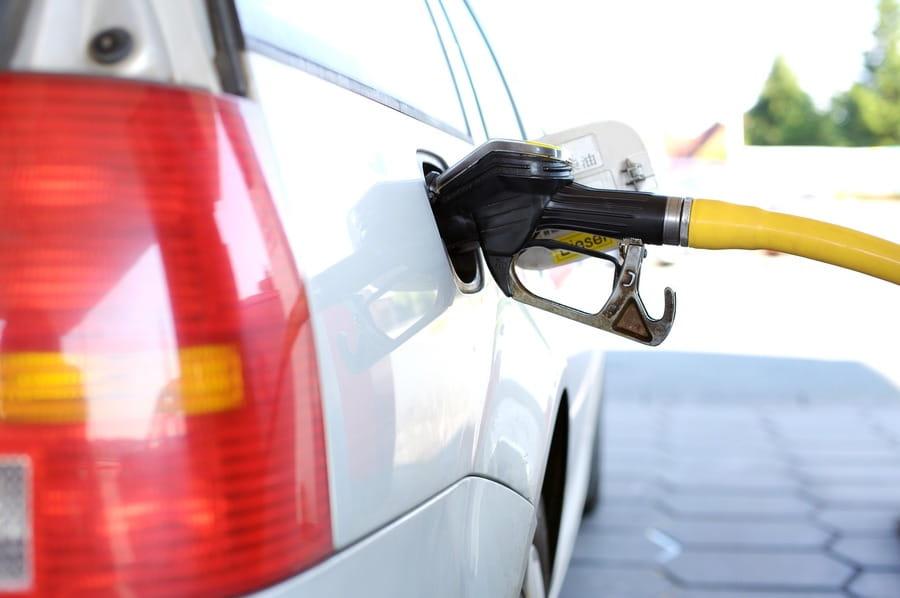Porto Alegre, July 24th, 2023 – May was an important month for ethanol anhydrous sales in the Brazilian physical market, which showed strong levels of growth in all short- and long-term comparisons (further details in the table below). This growth in domestic demand occurs through the appreciation of gasoline consumption through Petrobras’ new pricing policy. The great detail is that this also occurs simultaneously with the resumption of competitiveness of hydrated ethanol in at least three states of the country (MT, GO, and SP) which in theory must stimulate its demand and reduce that of anhydrous ethanol.
To some extent, this can be explained by the projections of growth in the Brazilian GDP that put all fuels on an upward trajectory. However, it is important to note that since April last year, hydrated ethanol has remained outside the competitive standard of costing up to 70% of gasoline price. It is only now in early June that this standard has been reached but only in three out of the 26 states of the country. In general, in the perception of final consumers, hydrated ethanol remains a fuel with no advantage over gasoline in most Brazilian states, which justifies the growth in sales of gasoline and, similarly, anhydrous.
It is interesting to note that gasoline sales hit 4.16 bln liters in May, second only to December, when demand was 4.35 bln liters. It is worth remembering that December is the period of maximum seasonal demand for fuels, with the Christmas and New Year festivities. Therefore, it is expressive to contextualize gasoline sales above 4.16 bln liters in the middle of May. Between January and April, gasoline demand fluctuated between 3.6 and 3.8 bln liters a month, with a very narrow oscillation pattern, which reflects the stimulus to the gasoline market by Petrobras’ new pricing policy.
In the midst of all this, anhydrous ethanol rose 21.55% YoY in May, 13.41% in the margin (compared to the previous month), and 27.66% over the five-year average for the same period. Here we have the real dimension of the detachment of May sales from the historical average of consumption for this time of year, by almost 30%. In addition, gasoline strongly increased its market share between April and May, having risen by 2.57%, with its demand share advancing from 75.91% to 78.47%. In the previous month, there was also an increase in this market share, but only by 0.46%. Before that, there was even a loss of 2.04% in March and a new decline of 0.55% in February.
Indeed, the growth pattern of gasoline’s share in the Otto Cycle calls plenty of attention in the most recent May data given the intensity of advance beyond the strong gasoline volumes. It is interesting to contextualize Unica’s data for the first half of June, which put anhydrous sales at around 516 mln liters. Such sales, projected for the second half of the month, could bring a final demand of 1.03 bln liters, marginally below (-0.96%) May sales from mills to distributors of 1.04 bln liters. However, hydrated ethanol did not have the same luck, with the same projection showing a significant decline of 13.48%. This also anticipates the pattern of decline in domestic demand that hydrated ethanol must show in the coming few months.
Follow the Safras Agency on our website. Also follow us on our Instagram and Twitter and stay on top of the main agribusiness news!
Copyright 2023 – Grupo CMA

